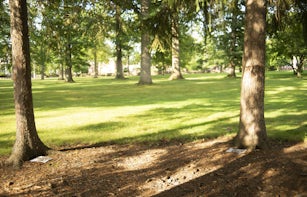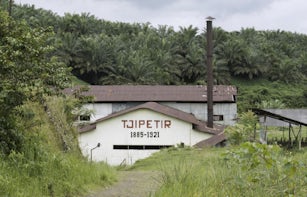Empty Fields and Crying Stones

In response to a recent exhibition at SALT in Istanbul, Helena Vilalta reflects oh how to exhibit histories that remain unacknowledged.
The destroyed city stretches out under the generous and dazzling sun like an endless cemetery. Nothing but ruins on every side… Nothing has been spared. All the churches, all the schools and all the dwellings have been transformed into heaps of charred and deformed stones, among which rises here and there the carcass of an apartment building. […] A dense crowd comes to us, made up of widows, orphans, old men covered with bloody rags and soaked in tears. This is all that remains of the population of Adana. […] At times they burst into tears, their faces drowned in an instant by such an abundance of tears that their cries and lamentations are stifled by them; their faces, tanned and dried by the sun, are furrowed with horrid wrinkles and terrible grimaces, and the entire crowd, struck by an access of grief that knows no rest, twists and turns in despair. It is impossible to imagine the sum of sorrows represented by each one of the people who make up this crowd.
– Zabel Essayan, In the Ruins, 1911



